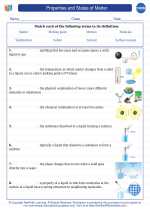Roman Civilization
Roman civilization, also known as ancient Rome, was a thriving civilization that began in the 8th century BCE and lasted for over a millennium. It originated in the city of Rome and eventually expanded to become one of the largest and most powerful empires in history.
Key Aspects of Roman Civilization
1. Government and Politics: The Roman Republic was established in 509 BCE, characterized by a system of checks and balances, elected officials, and a senate. Later, it transitioned into the Roman Empire, with emperors wielding significant power.
2. Art and Architecture: Romans excelled in creating grand structures, such as the Colosseum, aqueducts, and intricate mosaics. Their art was often inspired by Greek styles.
3. Language and Literature: Latin was the official language of Rome and remains influential in many modern languages. Roman literature encompassed epic poems, historical accounts, and philosophical writings.
4. Engineering and Technology: Romans were adept engineers, constructing roads, bridges, and advanced public sanitation systems. Their innovations greatly influenced later civilizations.
5. Religion and Mythology: The Romans worshipped a pantheon of gods and goddesses, with many deities being adapted from Greek mythology. Religious rituals and festivals were integral to Roman life.
Significant Events and Figures
1. Founding of Rome: According to legend, Rome was founded by Romulus and Remus in 753 BCE.
2. Punic Wars: The series of conflicts between Rome and Carthage, culminating in the destruction of Carthage and Rome's dominance in the western Mediterranean.
3. Julius Caesar: A renowned Roman general and statesman who played a pivotal role in the transition from the Roman Republic to the Roman Empire. His assassination in 44 BCE led to a period of civil war.
4. Augustus: The first Roman emperor, who brought about an era of relative peace and stability known as the Pax Romana.
5. Decline and Fall: Various factors, including economic instability, military defeats, and internal strife, contributed to the eventual decline and fall of the Roman Empire in 476 CE.
Study Tips
1. Read Primary Sources: Explore ancient Roman texts, such as the works of Virgil, Livy, and Tacitus, to gain firsthand insights into the civilization.
2. Visit Historical Sites: If possible, visit Roman archaeological sites and museums to witness the tangible remnants of Roman culture and achievements.
3. Understand Social Structure: Familiarize yourself with the hierarchical society of ancient Rome, including the roles of patricians, plebeians, and slaves.
4. Study Military Campaigns: Gain an understanding of Rome's military conquests and the strategies employed in expanding the empire.
5. Compare with Other Civilizations: Compare and contrast Roman civilization with other ancient civilizations, such as Greek, Egyptian, and Mesopotamian, to grasp its unique contributions and influences.
[Roman Civilization] Related Worksheets and Study Guides:
.◂Chemistry Worksheets and Study Guides High School. Properties and States of Matter
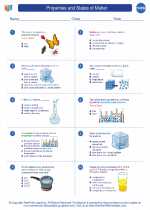
 Worksheet/Answer key
Worksheet/Answer key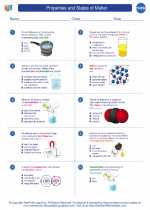
 Worksheet/Answer key
Worksheet/Answer key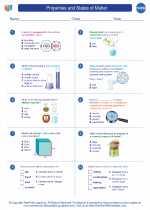
 Worksheet/Answer key
Worksheet/Answer key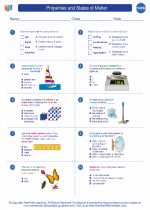
 Vocabulary/Answer key
Vocabulary/Answer key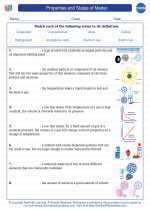
 Vocabulary/Answer key
Vocabulary/Answer key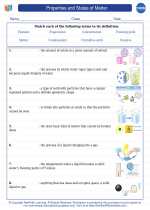
 Vocabulary/Answer key
Vocabulary/Answer key